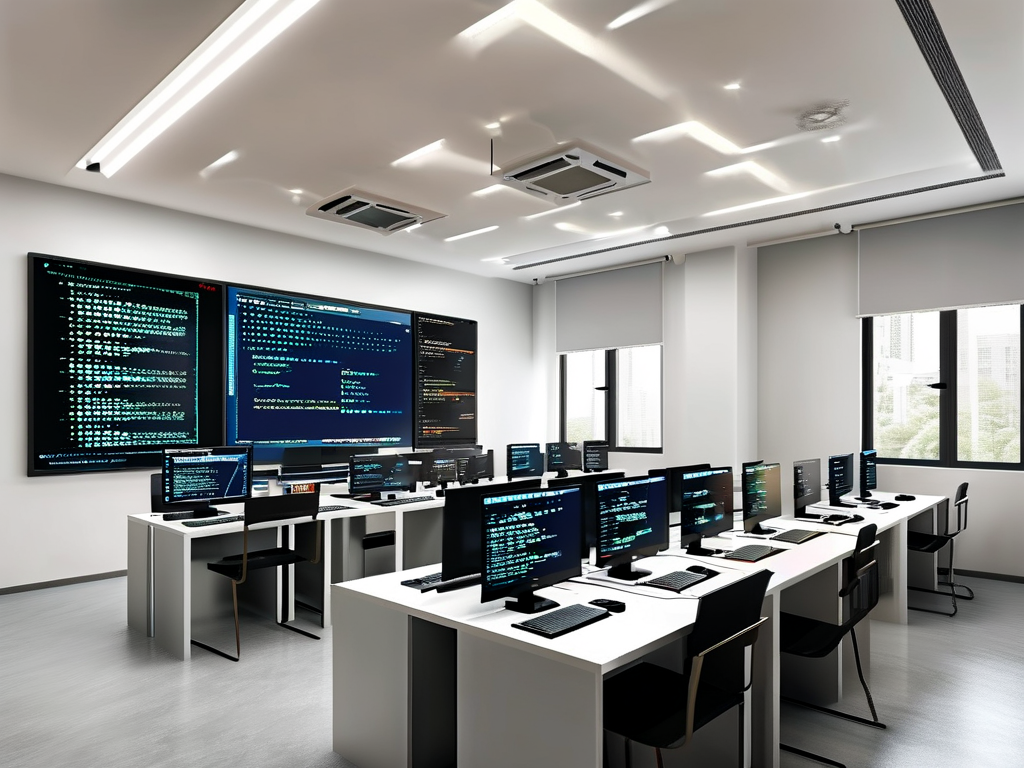As industrial automation and IoT technologies reshape modern manufacturing, Tangshan has emerged as a hub for embedded system innovation. Professional embedded development training programs in the city are equipping engineers with cutting-edge skills to meet growing industry demands.
Why Choose Tangshan for Embedded Training?
Tangshan's unique position as an industrial powerhouse provides trainees with direct exposure to real-world applications. Local training centers collaborate with automation enterprises and smart device manufacturers, ensuring curricula align with practical requirements. For instance, a typical course might include hands-on projects like designing sensor networks for industrial monitoring or optimizing motor control algorithms – skills immediately applicable in Tangshan’s manufacturing sector.
Core Curriculum Components
- Hardware-Software Integration
Trainees learn to program microcontrollers (ARM Cortex-M series, ESP32) while understanding circuit design fundamentals. A sample code snippet demonstrates GPIO configuration:
// STM32 GPIO initialization
void LED_Init(void) {
GPIO_InitTypeDef GPIO_Config;
RCC_AHB1PeriphClockCmd(RCC_AHB1Periph_GPIOA, ENABLE);
GPIO_Config.GPIO_Pin = GPIO_Pin_5;
GPIO_Config.GPIO_Mode = GPIO_Mode_OUT;
GPIO_Config.GPIO_Speed = GPIO_Speed_50MHz;
GPIO_Init(GPIOA, &GPIO_Config);
}
-
Real-Time Operating Systems (RTOS)
Courses cover FreeRTOS and Zephyr OS, emphasizing task scheduling and resource management. Trainees practice creating multi-threaded systems for applications like automated production line control. -
Industrial Communication Protocols
CAN bus, Modbus, and Ethernet/IP implementations are taught through simulated factory environments. Participants configure communication between PLCs and embedded devices, mirroring actual workshop setups.
Career Pathways Post-Training
Graduates find opportunities in diverse sectors:

- Smart manufacturing equipment R&D
- Automotive electronics design
- IoT device development
Local companies like Tangshan AutoTech and Hebei IoT Solutions actively recruit program alumni, with entry-level positions offering 20-50% higher salaries than generic programming roles.
Customized Learning Approaches
Recognizing varying skill levels, institutes adopt tiered training models:
- Foundation Tier: C programming refresher and digital electronics basics
- Advanced Tier: Linux device driver development and power optimization techniques
- Project Tier: Six-month capstone projects with industry partners
A recent success story involves a trainee team developing a wireless vibration monitoring system for steel plants, reducing equipment downtime by 40% for a local manufacturer.

Keeping Pace with Technological Shifts
Training providers update content quarterly, recently incorporating:
- AI-accelerated edge computing (TensorFlow Lite for Microcontrollers)
- Low-power design for battery-operated IoT devices
- Security frameworks for industrial control systems
Workshop-Style Learning Environment
Unlike conventional classrooms, Tangshan’s training centers replicate engineering labs. Participants use professional tools:
- Oscilloscopes and logic analyzers
- JTAG debuggers (SEGGER J-Link)
- Industry-standard IDEs (Keil MDK, STM32CubeIDE)
This practical focus ensures graduates can immediately contribute to projects without extensive onboarding.
Financial Support and Accessibility
To address the skilled labor shortage, local authorities subsidize 30-70% of course fees for residents. Flexible schedules (evening/weekend classes) accommodate working professionals seeking career transitions.
As automation penetration in Northern China’s manufacturing belt reaches 58% (2023 Industry Automation Report), Tangshan’s embedded training programs serve as critical talent pipelines. For engineers aiming to future-proof their careers, these courses offer not just technical expertise, but a gateway to shaping tomorrow’s smart factories.






